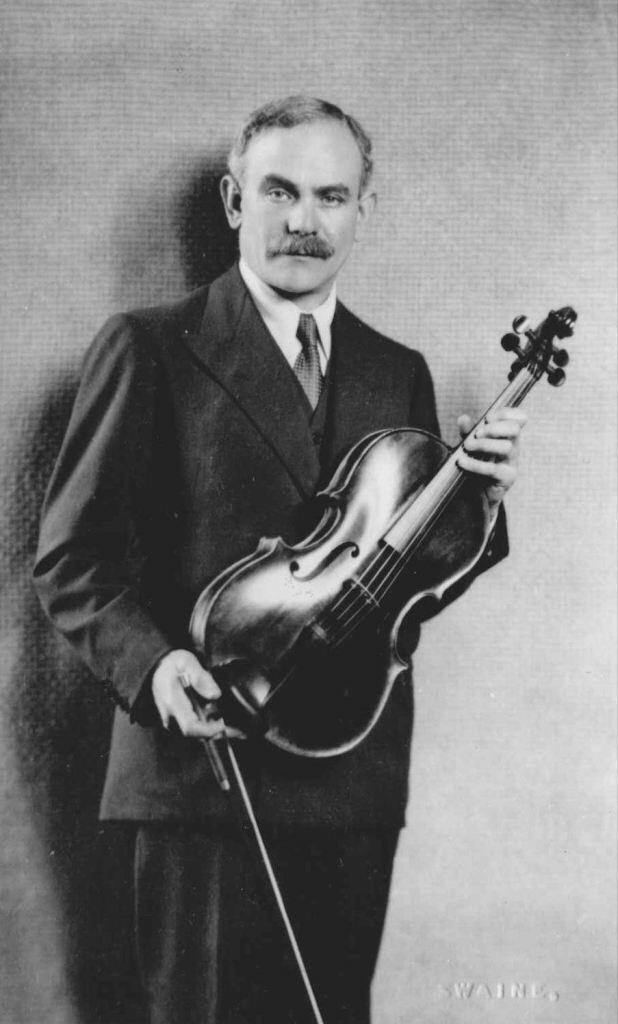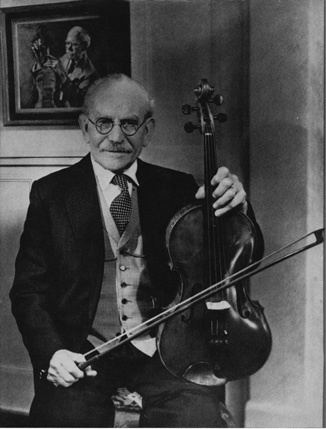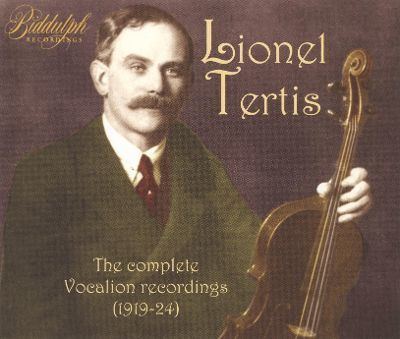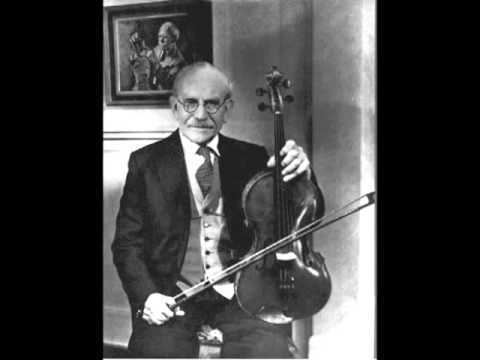Name Lionel Tertis Role Violist | Education Trinity College London Albums The Art of Lionel Tertis | |
 | ||
Similar People | ||
Lionel tertis plays kreisler s praeludium und allegro
Lionel Tertis, CBE (29 December 1876 – 22 February 1975) was an English violist and one of the first viola players to find international fame. He was also a noted teacher.
Contents
- Lionel tertis plays kreisler s praeludium und allegro
- Lionel tertis plays the 1st movement of brahms f minor sonata
- Career
- Legacy
- Original compositions
- Transcriptions arrangements and adaptations
- Recordings
- Writings
- Other reading
- References

Lionel tertis plays the 1st movement of brahms f minor sonata
Career

Tertis was born in West Hartlepool, the son of Polish-Jewish immigrants. (It has often been noted that his birth and that of the cellist Pablo Casals occurred on the very same day.) He initially studied the violin in Leipzig and at the Royal Academy of Music (RAM) in London. There he was encouraged by the Principal, Alexander Mackenzie, to take up the viola instead. Under the additional influence of Oskar Nedbal, he did so and rapidly became one of the best known violists of his time, touring Europe and the USA as a soloist.

As Professor of Viola at the RAM (from 1900), he encouraged his colleagues and students to compose for the instrument, thereby greatly expanding its repertoire. In 1906, Tertis was temporarily in the famous Bohemian Quartet to replace the violist/composer Oskar Nedbal and later he took the viola position in the Gerald Walenn Quartet.

Composers such as Arnold Bax, Frank Bridge, Gustav Holst, Benjamin Dale, York Bowen and William Walton wrote pieces for him. The Walton piece was his Viola Concerto; however, Tertis did not give the world premiere as he found it difficult to comprehend at the time; that honour went to Paul Hindemith.
He owned a 1717 Montagnana from 1920 to 1937 which he found during one of his concert tours to Paris in 1920, and took a chance in acquiring. According to his memoirs, it was "shown to me in an unplayable condition, without bridge, strings or fingerboard.... No case was available – it was such a large instrument 17 1/8 inches – so my wife came to the rescue by wrapping it in her waterproof coat, and that is how it was taken across the English Channel." Tertis preferred a large viola to get an especially rich tone from his instrument. Knowing that some would find a 17-1/8-inch instrument too large he created his own Tertis model, which provides many of the tonal advantages of the larger instrument in a manageable 16-3/4-inch size.
Along with William Murdoch (piano), Albert Sammons, and Lauri Kennedy, Tertis formed the Chamber Music Players.
In 1936, while at the height of his powers, he announced his retirement from the concert platform to concentrate on teaching. He appeared as soloist only one more time, at a special concert in 1949 to an invited audience at the RAM to help raise money for his fund to encourage the composition of music for the viola.
He was appointed a Commander of the Order of the British Empire (CBE) in the 1950 New Year's Honours.
Tertis composed several original works and also arranged many pieces not originally for the viola, such as Edward Elgar's Cello Concerto. He was the author of a number of publications about string playing, the viola in particular, and his own life. They include Cinderella No More and My Viola and I.
Lionel Tertis died in Wimbledon, London.
Legacy
The Lionel Tertis International Viola Competition was established in 1980 to honour his memory.
In February 2007, the British violist Roger Chase (along with his accompanist, pianist Michiko Otaki) initiated "The Tertis Project," a series of concerts devoted to works composed for Tertis. Chase performs on the Montagnana viola that belonged to Tertis.
In 2015, English Heritage unveiled a blue plaque at his Wimbledon, London home.
Original compositions
- Serenade; revised as A Tune
- The Blackbirds (1952)
- The River
Transcriptions, arrangements and adaptations
For viola and piano unless otherwise noted
Recordings
Lionel Tertis made recordings in ensembles:
Vocalion D-02019 Fuchs, Robert Duet. Handel, G.F. (arr. Halvorsen, Johan) Passacaglia with Albert Sammons
Columbia LX225-7 Brahms:"Sonata,F minor,Op.120-1. with Harriet Cohen,pf.
Columbia L 2342-3 Delius,Tertis: (Violin) sonata 2 (1915) 3s / Hassan -Serenade. G. Reeves, pf
and as a soloist:
HMV Treasury HLM 7055 Sonatas by Brahms, Handel, Delius, music by Bach, Mendelssohn etc. Recorded between 1920 & 1933. issued:74
